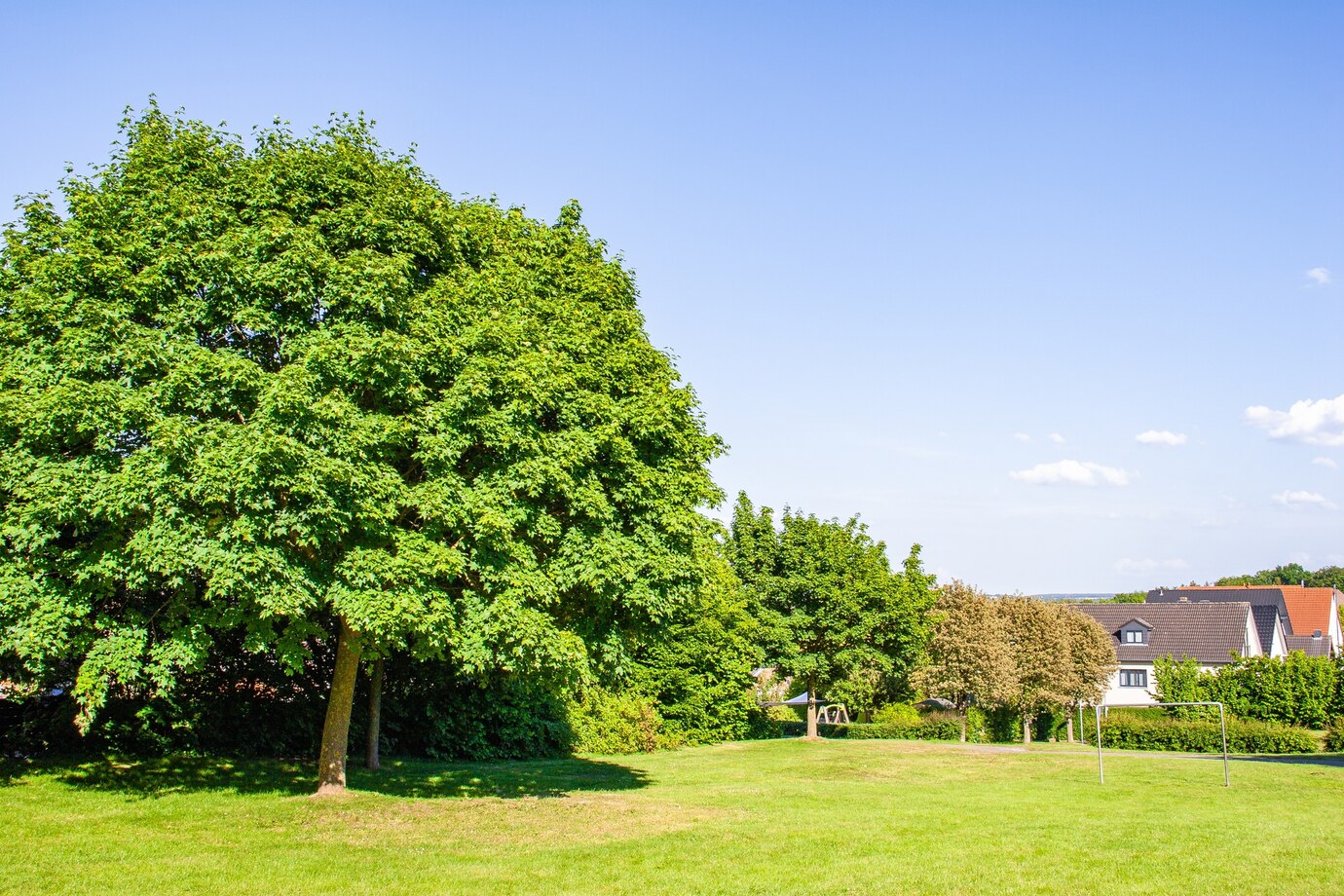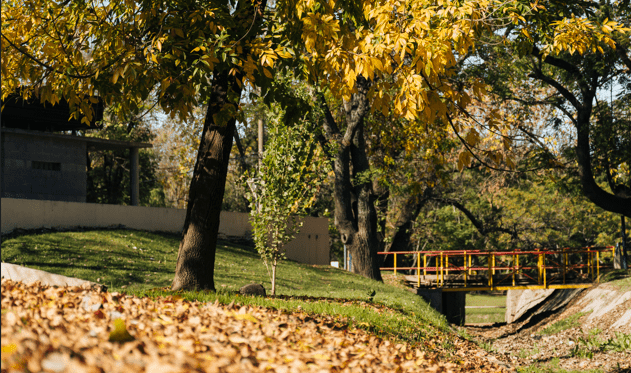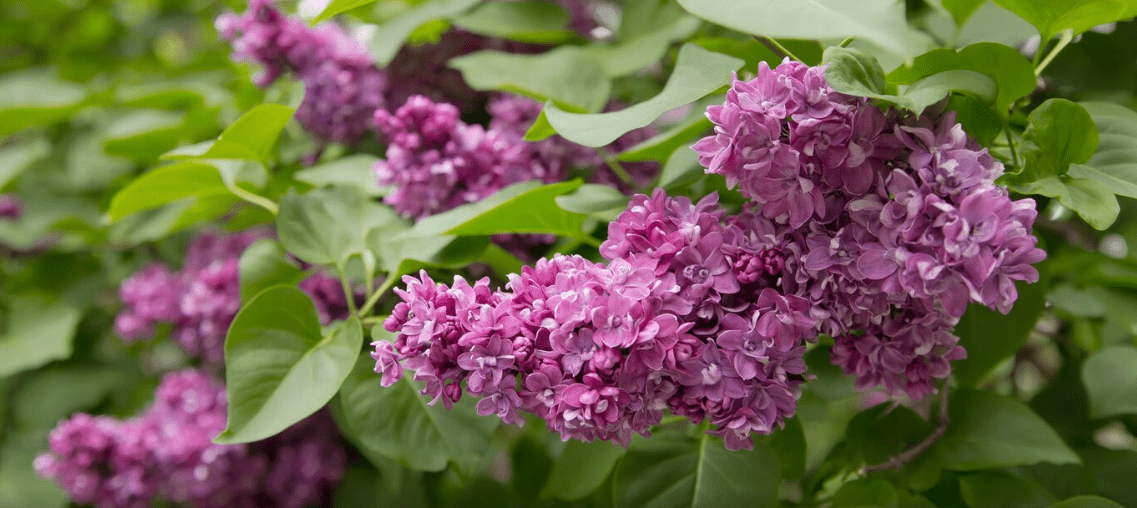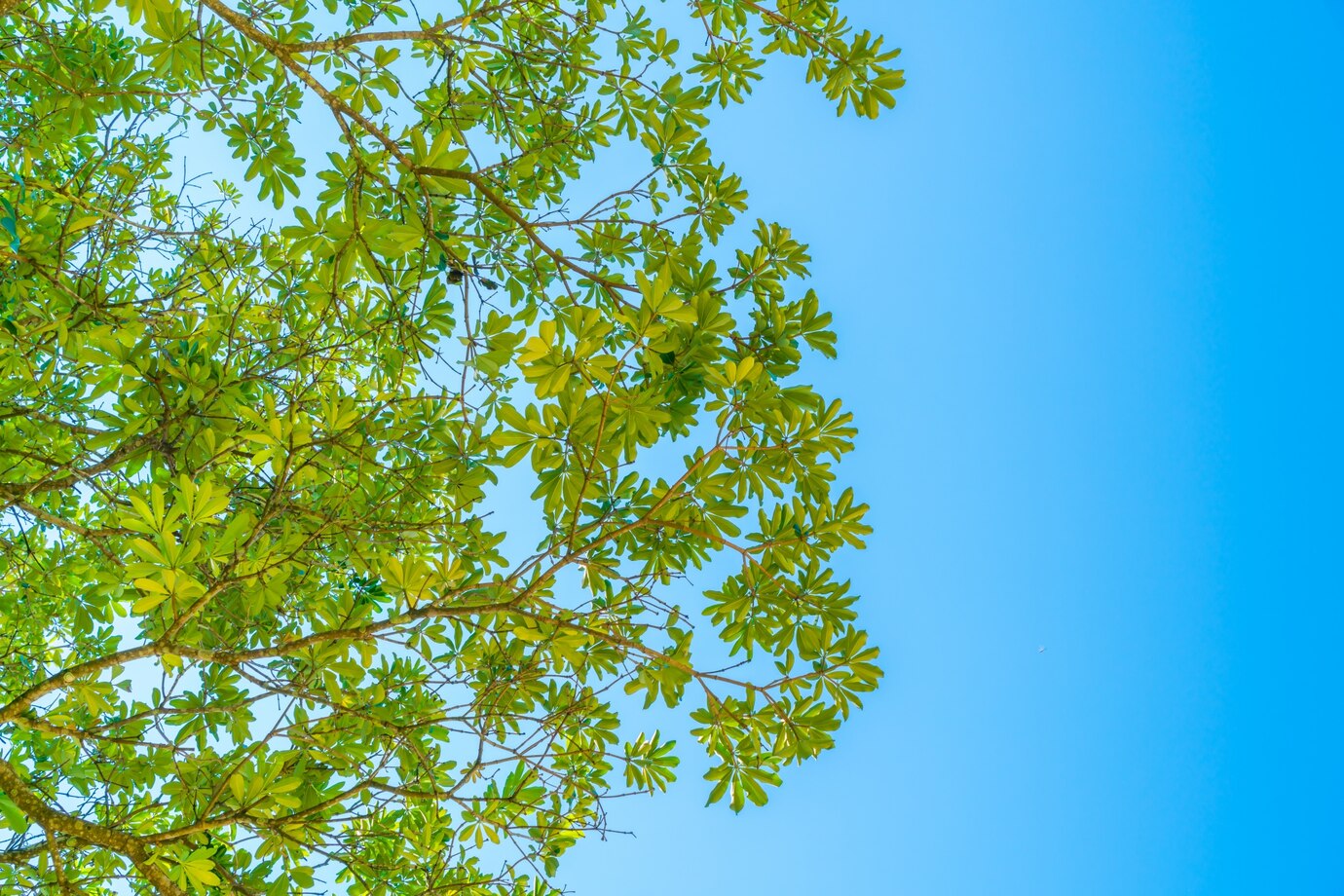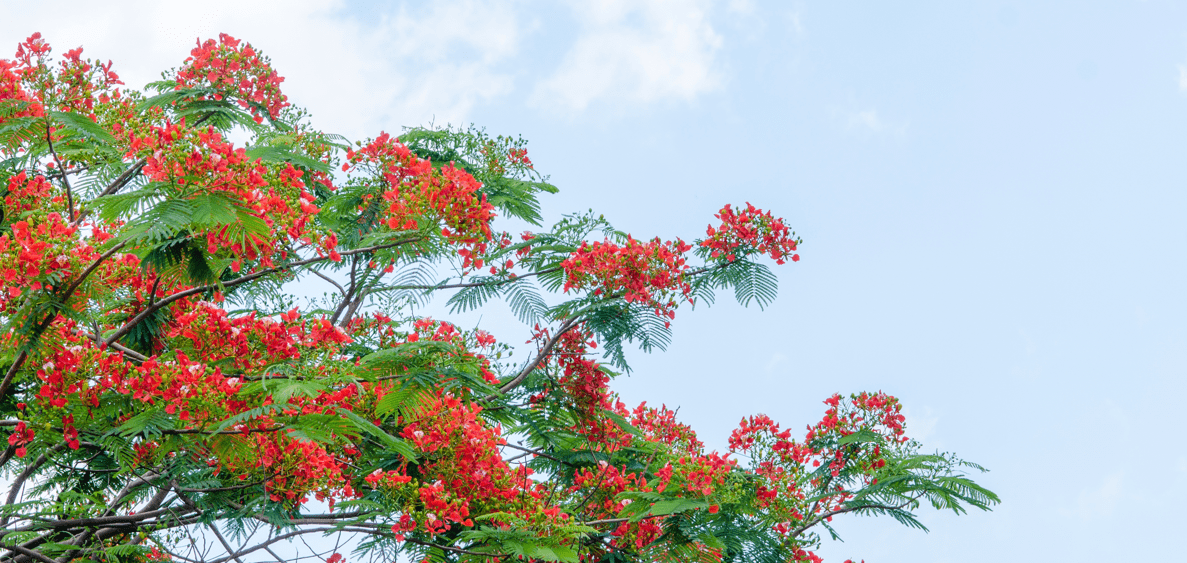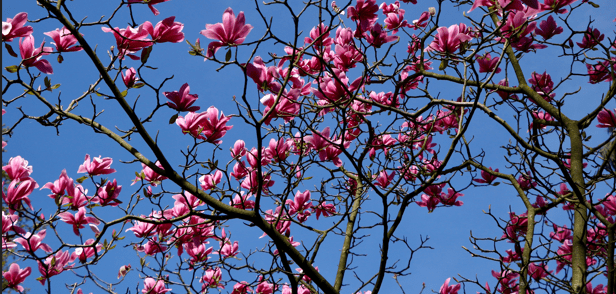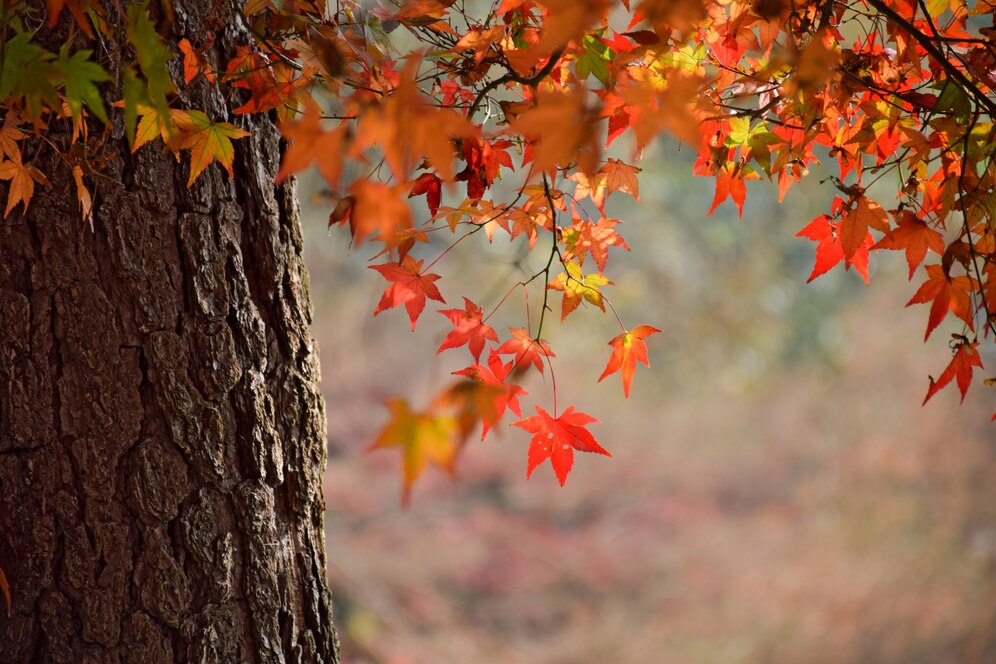Towering oak trees, giant Southern magnolias with stunning blooms, and stately sugar maples in full autumn glory create breathtaking landscapes. But unless your yard offers plenty of space to spread, they won’t fit in a small garden.
Fortunately, not every tree needs to reach 40 feet to make an impact! Many varieties grow no taller than 10 to 15 feet at maturity. These smaller trees still provide years of vibrant color and beauty. If you plant them strategically, they can even offer shade for decks and patios.
Before choosing a dwarf tree, pick the right planting spot in your garden. Avoid areas with overhead wires or roof overhangs that could affect growth, and don’t plant too close to your house.
Best Dwarf Trees for Your Garden
You’ll find plenty of dwarf tree varieties suitable for your region and the space you have. Some varieties grow five to ten feet tall.
With hundreds of options, here’s a short list of the best dwarf trees for your garden.
Japanese Maple
Acer palmatum, a vibrant Japanese maple cultivar, showcases dark red or purple leaves throughout the growing season before turning a brilliant red in fall. Consider the ‘Lemon Lime Lace’ Japanese maple for a brighter touch. Its leaves start as lemon-yellow in spring, shift to chartreuse in summer, and transform into a striking orange by fall. This dwarf tree grows slowly, reaching up to 25 feet tall with a 4- to 5-foot spread. It rarely needs pruning, but if shaping is necessary, trim it in late fall.
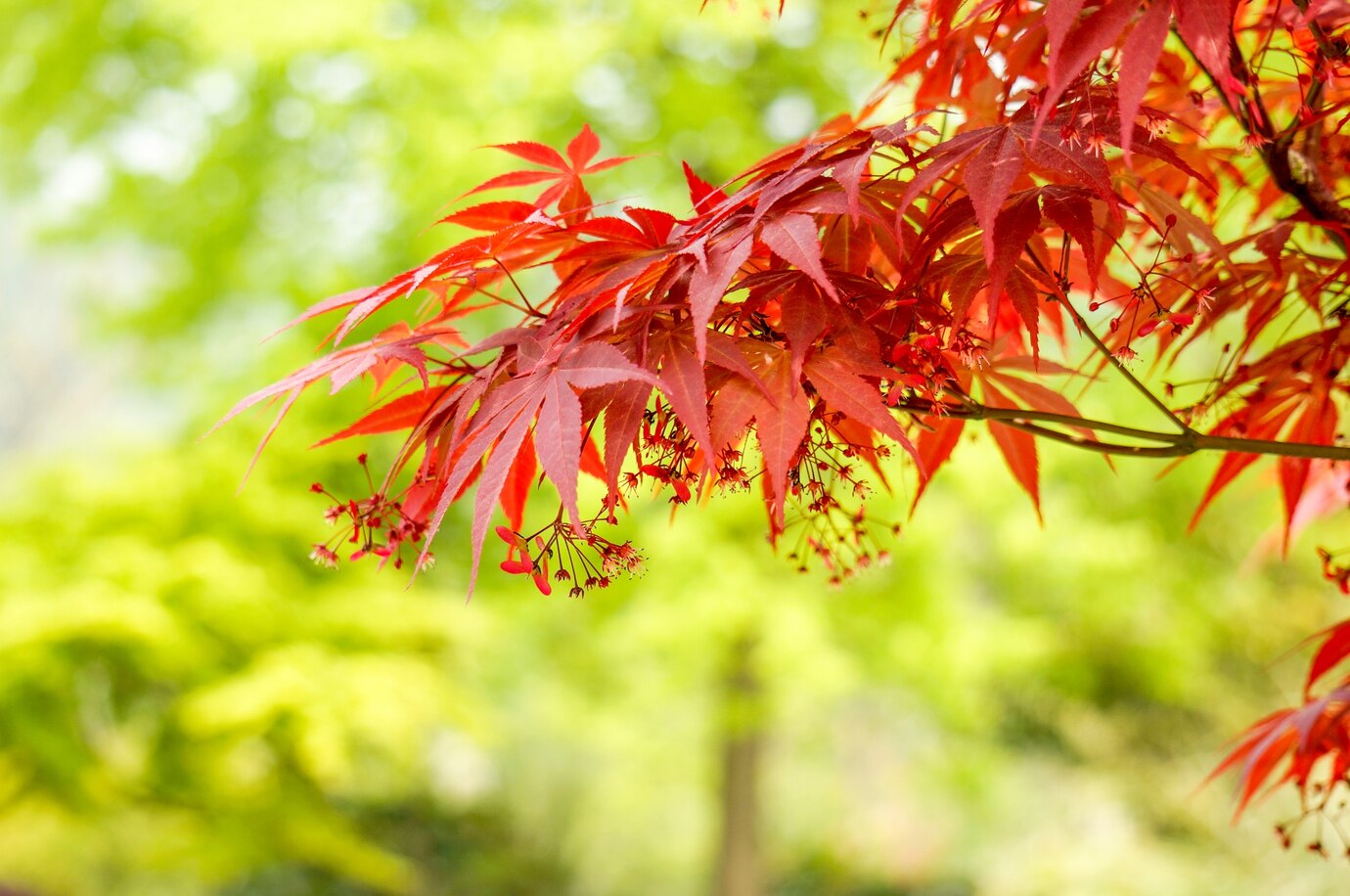
Dwarf Alberta Spruce
This dwarf evergreen keeps its neat conical shape without shearing, making it an effortless way to add texture and year-round color to your garden. It grows slowly, so the size you purchase will remain nearly the same for years.
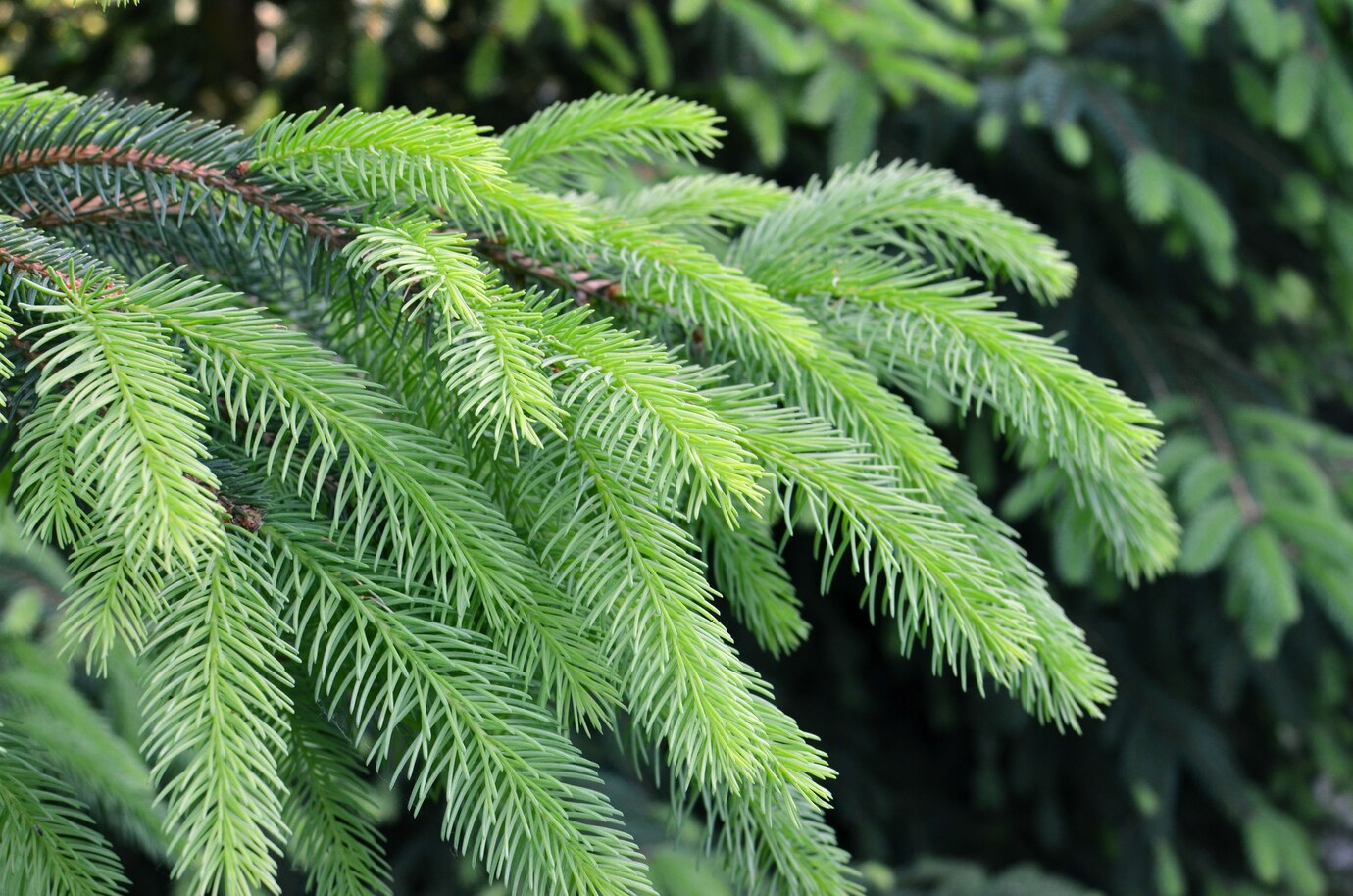
Crepe Myrtle
Crepe myrtle (Lagerstroemia indica), a small flowering tree native to Asia, is a staple in southern U.S. gardens. It flowers from July to September and produces vibrant flowers in shades of pinkish red, white, or purple. Compact cultivars include ‘Enduring Summer White,’ a true dwarf 4 to 5 feet tall, and ‘Catawba,’ a purple-flowered variety that maxes out at 15 feet. Crepe myrtle naturally grows with multiple stems but can be pruned into a single-trunked tree for a more structured look.
Meyer Lemon
Meyer lemon trees stay compact while producing sweeter lemons than most other varieties. They thrive in warm climates year-round but grow well in containers. You can easily move them indoors during winter in colder regions.
Dwarf Flowering Crabapple
Flowering crabapples offer a stunning variety of species, colors, and hybrids, with many staying small enough for compact gardens. Dwarf options include ‘Abaria,’ a 10-foot tree with creamy-white blooms, and ‘Cinderella,’ an 8-foot beauty that produces yellow fruit. Keep in mind that crabapple trees are toxic to animals.
Hydrangea
Hydrangeas thrive in nearly every region and become even more striking when trained into tree form. Their summer-long blooms attract pollinators, and many varieties easily withstand cold climates. If you plant them in a prominent spot, they create a stunning focal point in any garden.
Covey (Dwarf Redbud)
Even in their natural form, redbuds (Cercis spp.) remain relatively small, but dwarf varieties like ‘Covey’ offer an even more compact option. This weeping variety reaches just 5 to 6 feet tall. Redbuds struggle in hot climates but thrive in any well-drained soil. If left unpruned, they develop a multi-stemmed, shrubby form, but with training, they transform into elegant single-trunk trees. Before the leaves emerge in early spring, they burst into pink to purple blooms to create a breathtaking display.
Dwarf Cherry
Many fruit trees now come in compact dwarf varieties, including sweet cherry (Prunus avium). These small trees offer beautiful spring blossoms and delicious fruit, ideal for temperate climates where citrus trees won’t thrive. ‘Lapins’ grow 12 to 18 feet tall and produce an abundant crop of black cherries, while ‘Stella’ stays even smaller at 8 to 10 feet and yields especially sweet cherries in early summer.
Seven Son Flower
This unique tree has everything—leathery foliage, fragrant late-summer blooms that attract pollinators, and striking peeling bark for winter interest. Though not as widely known as it deserves, it’s unforgettable once you see it in person. It grows just over 10 feet tall at maturity but is a standout choice for any garden.
Chaste Tree
In spring, the chaste tree (Vitex agnus-castus) bursts into clusters of tiny lilac flowers, adding a delicate touch to any garden. It grows as either a dwarf tree or a shrub and thrives in most soil types as long as it gets plenty of sun and warmth. It is low-maintenance and adaptable. If you prefer a more sculpted look, it easily handles heavy pruning.

